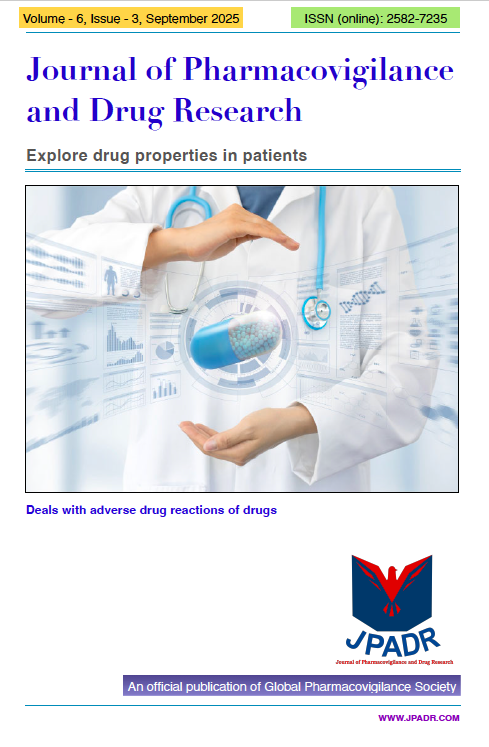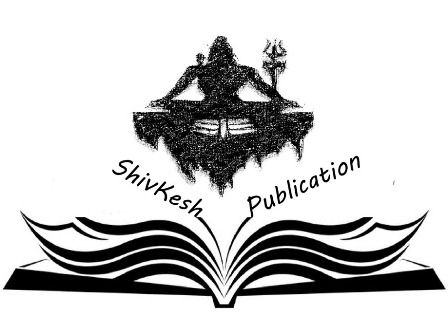Hepatic Toxicity Induced by Sunitinib Malate: A Rare Case Report
Abstract
Introduction: Sunitinib malate, an oral multi-targeted tyrosine kinase inhibitor (TKI), is prescribed for metastatic renal cell carcinoma (mRCC) and gastrointestinal stromal tumors (GIST) following imatinib failure. While effective, Sunitinib is associated with various adverse effects, including rare but severe hepatic toxicity. This report discusses a case of acute liver injury attributed to Sunitinib, emphasizing the importance of monitoring liver function in patients undergoing this treatment.
Case Report: A 49-year-old male with GIST on Sunitinib therapy presented with progressive breathlessness, edema, and jaundice over several weeks. Despite normal vital signs, physical examination revealed pallor, jaundice, and pitting edema. Laboratory tests indicated liver dysfunction, and after excluding other causes, Sunitinib-induced acute liver injury was diagnosed. The patient received supportive care, including blood transfusions, and was subsequently discharged.
Conclusion: This case highlights the rare yet significant risk of acute liver injury associated with Sunitinib. Clinicians should monitor liver function vigilantly during Sunitinib therapy. Further research is required to elucidate the mechanisms of Sunitinib-induced hepatotoxicity and to enhance patient safety.
Downloads
References
Greineder CF, Kohnstamm S, Ky B. Heart failure associated with sunitinib: lessons learned from animal models. Curr Hypertens Rep. 2011 Dec;13(6):436–41.
Guillen SS, Meijer M, de Jongh FE. Lethal acute liver failure in a patient treated with sunitinib. BMJ Case Rep. 2016 Mar;2016.
Habibollahi P, Mahboobi N, Esmaeili S, Safari S, Dabbagh A, Alavian SM. Halothane-induced hepatitis: A forgotten issue in developing countries: Halothane-induced hepatitis. Hepat Mon. 2011 Jan;11(1):3-6. PMID: 22087107; PMCID: PMC3206652.
Iacovelli R, Palazzo A, Procopio G, Santoni M, Trenta P, De Benedetto A, et al. Incidence and relative risk of hepatic toxicity in patients treated with anti-angiogenic tyrosine kinase inhibitors for malignancy. Br J Clin Pharmacol. 2014 Jun;77(6):929–38.
Ibrahim EM, Kazkaz GA, Abouelkhair KM, Bayer AM, Elmasri OA. Sunitinib adverse events in metastatic renal cell carcinoma: a meta-analysis. Int J Clin Oncol. 2013 Dec;18(6):1060–9.
Lee WM. Acute liver failure. Semin Respir Crit Care Med. 2012 Feb;33(1):36-45. doi: 10.1055/s-0032-1301733. Epub 2012 Mar 23. PMID: 22447259..
Metushi I, Uetrecht J, Phillips E. Mechanism of isoniazid-induced hepatotoxicity: then and now. Br J Clin Pharmacol. 2016 Jun;81(6):1030-6. doi: 10.1111/bcp.12885. Epub 2016 Feb 25. PMID: 26773235; PMCID: PMC4876174.
Paech F, Bouitbir J, Krähenbühl S. Hepatocellular Toxicity Associated with Tyrosine Kinase Inhibitors: Mitochondrial Damage and Inhibition of Glycolysis. Front Pharmacol. 2017 Jun;8:367.
Schmidinger M, Bojic A, Vogl UM, Lamm W, Zielinski CC. Management of cardiac adverse events occurring with sunitinib treatment. Anticancer Res. 2009 May;29(5):1627–9.
Teo YL, Ho HK, Chan A. Formation of reactive metabolites and management of tyrosine kinase inhibitor-induced hepatotoxicity: a literature review. Expert Opin Drug Metab Toxicol. 2015 Feb;11(2):231–42.
The Uppsala Monitoring Center. The use of the WHO-UMC system for standardized case causality assessment. Accessed on 18-Aug-2024. Available from: https://www.who.int/docs/default-source/medicines/pharmacovigilance/whocausality-assessment.pdf
Vincent Di Martino. Methotrexate-induced liver fibrosis: The end of a longheld belief. Journal of Hepatology, 2023. vol. 78 j 896–897. DOI of original article: https:// doi.org/10.1016/j.jhep.2022. 12.034.
Yardley D. A., Drug resistance and the role of combination chemotherapy in improving patient outcomes, International Journal of Breast Cancer. (2013) 2013, 15, 137414, https://doi.org/10.1155/2013/137414.
Copyright (c) 2025 Dr Shiva Murthy Nanjundappa, Bhagath R, Dr Naveen M, Karthik V

This work is licensed under a Creative Commons Attribution-NonCommercial-NoDerivatives 4.0 International License.







